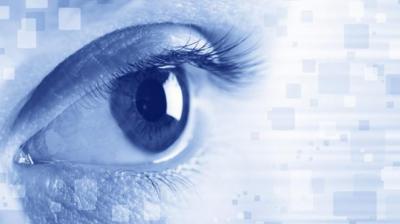Long hours spent looking at computer screens, and now increasingly smartphone screens, is taking a toll on the eyes of most netizens.
With the virtual world taking precedence over the real, people spend hours engrossed in various social media platforms and often fall prey to what the doctors call digital eye strain.
It results in irritation or strain on the eyes due to extensive use of computer, mobile phones and other electronic display units.
According to DocOnline, a platform that digitally provides access to doctor consulting services, one out of every five patients seeking help are victims of the digital eye strain.
This trend was observed between January 2018 and August 2018. However, it was also noticed that one out of every four hit by digital eye strain were young women who were either pursuing higher education or using computers as part of work.
Dr Shilpa of DocOnline said, “Excessive usage of gadgets is leading to severe eye-related ailments among all sections of the society. At the rate at which the problem is rising, there is a risk that it will turn into an epidemic.”
With people spending long hours in front of computers and laptops, research has revealed that they are also prone to other health problems. These include disturbing visual symptoms with redness of eyes, eye strain, eye twitching, headache, and physical fatigue. As a result, there is a loss of productivity at work, prone to errors and poor performance and additional health suffering.
Dr Raghu Nagaraju, Senior Consultant, Cornea & Refractive Surgery, Dr Agarwal’s Eye Hospital said, “Even when the computer was introduced, it was mentioned that it should be used for only six hours. If you see any software company anywhere in Bengaluru or entire world everyone is using the computer for longer durations, on an average of eight to 12 hours.”
He also said that digital eye strain happens when the eyes are exposed to radiation and most common cause for eye strain or other eye problems with computer usage is lack of blinking.
“These things will add on to their Meibomian gland dysfunction (MGD). According to a study, incidence of MGD in normal public is 20-30%, but Dr Agarwal’s Eye Hospital has done a study and it showed that 60-70% of MGD among those working in software companies, which adds to Computer Vision Syndrome (CVS),” Dr Raghu added.
“Self-regulation and some basic health measures along with restricted usage will help the young and the old to avoid falling prey to digital eye strain,” Dr Shilpa said.








